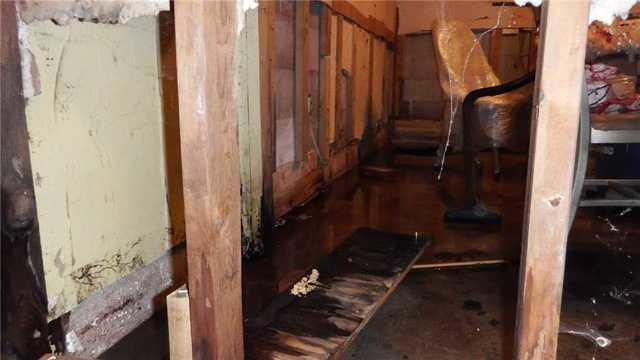
Standing Water in Traverse City Basement
With the high water table that comes from living near a body of water, it's unsurprising that this basement had water issues. Standing water like this was par for the course.
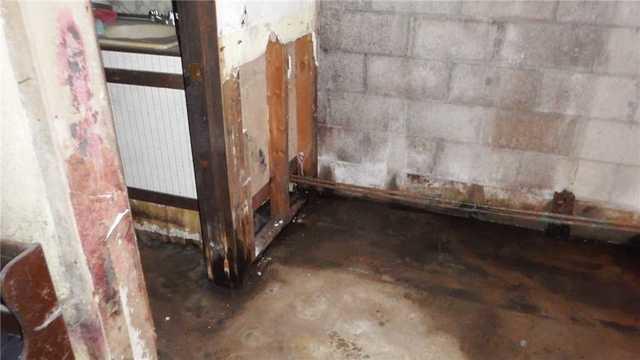
Staining and Rotting Wood in Wet Basement
The effects of the standing water can be seen up the walls and also on the wood that is at floor level.

Efflorescence on Block Wall
When water travels through a block wall, it dissolves salts present in the blocks. The water reaches the surface and evaporates, leaving behind residue from the salts. This process is called efflorescence and though it's largely a cosmetic problem at first, long term problems can weaken the structure of the blocks.
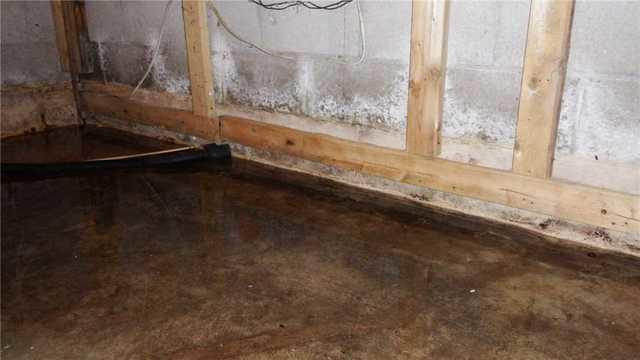
Mold and Discoloration on Walls
Another effect of standing water is mold, which is harbored by high humidity levels.
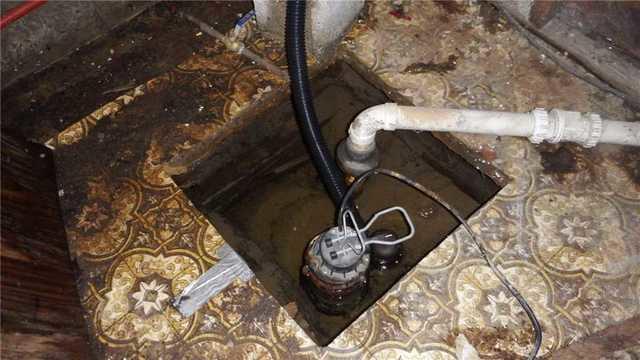
Ineffective Sump Pump
This sump pump wasn't strong enough to keep up with the amount of water coming in the basement, but it was also at a disadvantage because there was no way (other than gravity) for the water to actually get to the pump.

Installing a Perimeter System
We mean it when we talk about installing a perimeter system - the whole perimeter of the basement is covered. This is an extensive project but it ensures a dry basement.
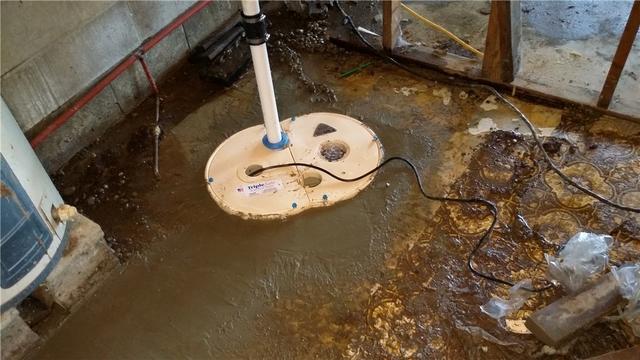
Super Sump Pump Ready for Action
Once the Super Sump is installed, we pour concrete around the crock to seal it off and secure the connection to the DryTrak.

DryTrak Waterproofs Monolithic Foundation
When a slab is monolithic - meaning the slab and footer were poured together instead of in two separate layers - it's flat out too thick to jackhammer through. We'd spend days just trying to get to the depth we need. DryTrak is a way to waterproof super thick foundations without sacrificing protection.









